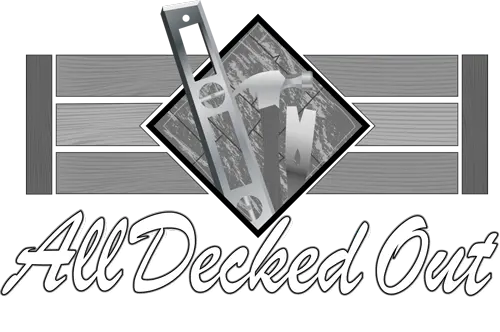When planning an outdoor living space, the patio is really what ties everything together. With all the available colors and textures, the options may seem endless.
If you’re wondering whether stamped concrete or pavers will be a better choice for your backyard, there are important advantages to both materials that you should be aware of when making your decision.
What are pavers?
Concrete pavers, often referred to as paving stones, are a popular outdoor flooring option. Similar to tiles, pavers are manufactured in specific shapes, sizes and colors and arrive on site ready to be installed.

Advantages of pavers:
Pavers offer classic style in a wide range of colors and shapes to fit any exterior design. They are extremely durable and low-maintenance, offering decades of beauty and enjoyment. Pavers are also naturally textured, and work well in combination with stamped concrete in focal point areas like dining spaces. If you want the high end style and classic textures that pavers offer, they might be right for you. We use a proper gravel base or can be upgraded to a concrete base. Due to the clay soils in our area, a concrete base is the best way to go but does increase the cost.
Disadvantages of pavers:
Pavers do take longer to install and are a slight larger of an investment. Over time the sand can wash out and needs to be replenished and maintained.
Paver maintenance:
Pavers will need to be re-sanded with a high-quality polymer paver sand every 3-5 years. This process is very fast and can be easily completed by homeowners, themselves or affordable to hire a professional.
What is stamped concrete?
Stamped concrete, often called textured or imprinted concrete, replicates stones, such as slate and flagstone, tile, brick and even wood. The wide variety of pattern and color choices make it popular for beautifying patios, pool decks, driveways and more.

Advantages of stamped concrete:
Stamped concrete is a great choice for many homeowners. It’s more economical than pavers, and super-durable, which means more money in your budget for elements like water fixtures and kitchens. Stamped concrete is also highly customizable. With a wide array of color and texture options available, you’re sure to find what you want — stamped concrete can even mimic the look of more expensive pavers. Of course, stamped concrete and pavers work great in concert for even more customization options.
Disadvantages of stamped concrete:
Concrete is prone to cracking. Cracks can be costly and difficult to repair. Matching decorative concrete after a repair can be frustrating and expensive and continuity may be impossible to achieve. We recommend picking a stamp option that looks more like natural stone vs a paver look for if it ever cracks. We believe you can make a great decision knowing the pro’s and cons of each product.
Stamped concrete maintenance:
With stamped concrete, you can expect to restain boarders and reseal the patio every 2-3 years. This process is very fast and can be easily completed by homeowners, themselves or affordable to hire a professional.
Your patio will be the one element of your outdoor living space to get the most use by far, and choosing the right material for your needs will ensure years and years of outdoor enjoyment for you and your guests. Pavers and stamped concrete are both great materials with almost unlimited possibilities, and choosing wisely will leave you happy with your new patio.
Your patio will be the one element of your outdoor living space to get the most use by far, and choosing the right material for your needs will ensure years and years of outdoor enjoyment for you and your guests. Pavers and stamped concrete are both great materials with almost unlimited possibilities, and choosing wisely will leave you happy with your new patio.

